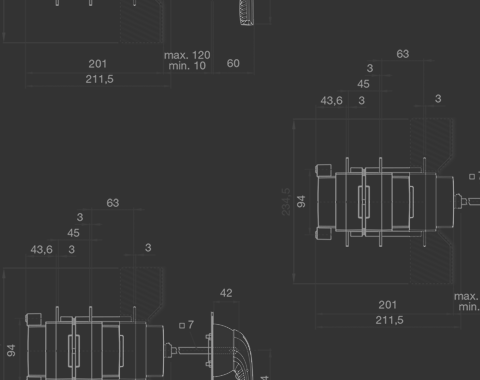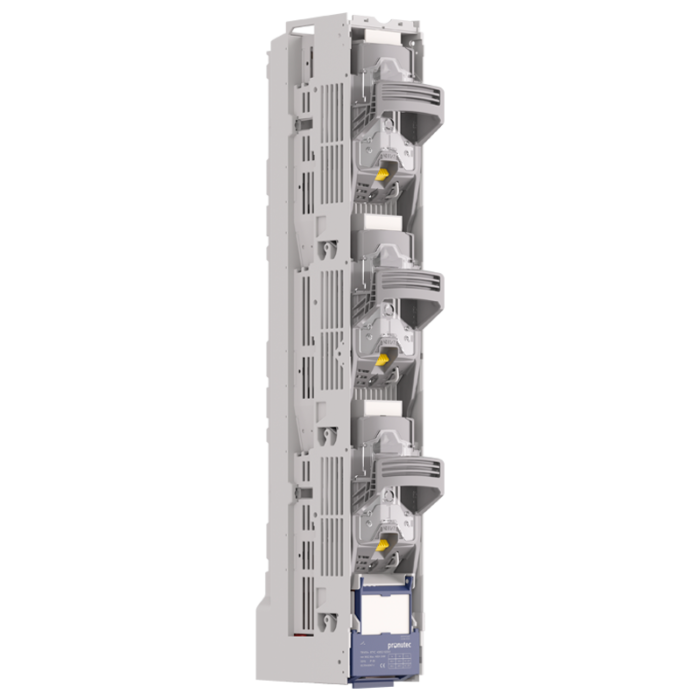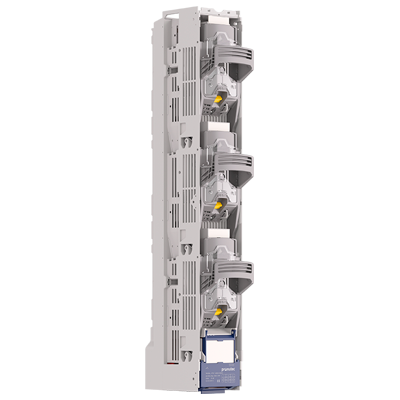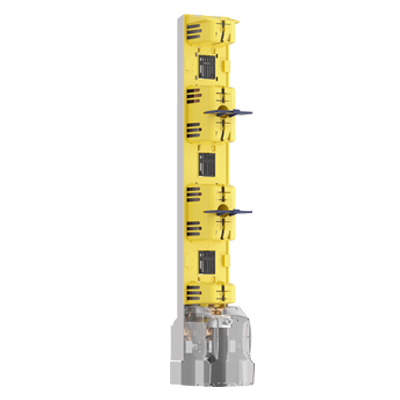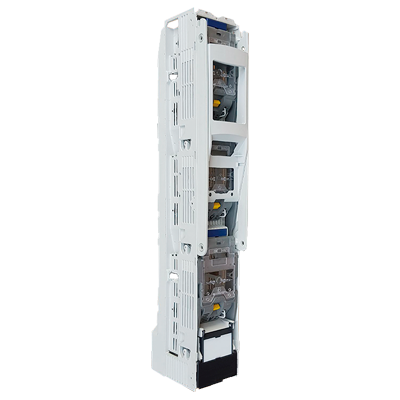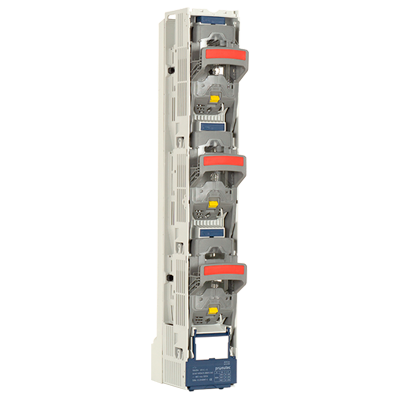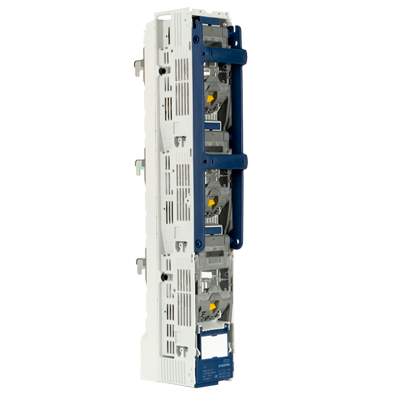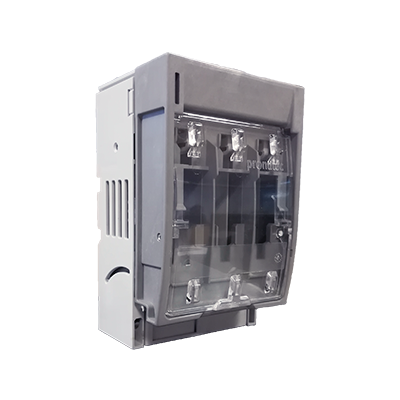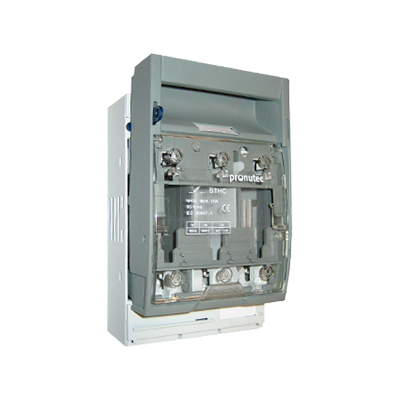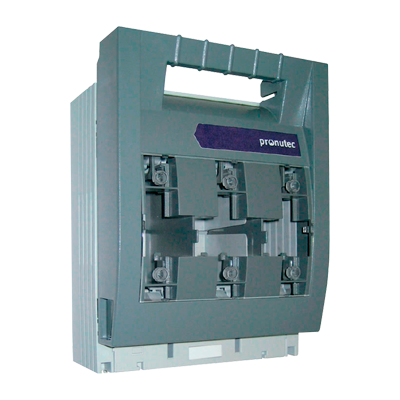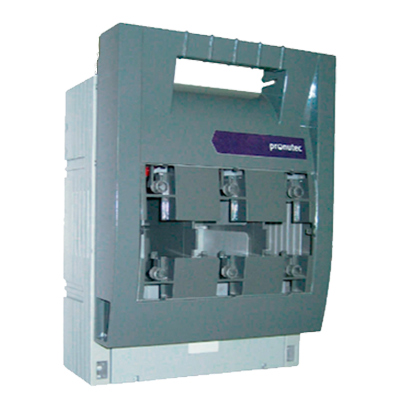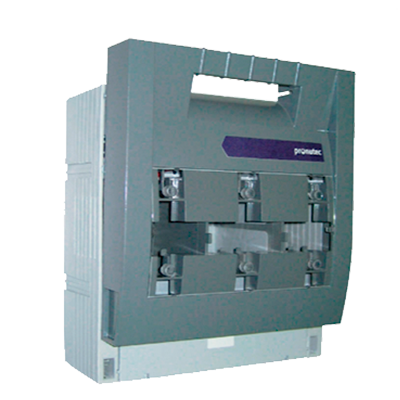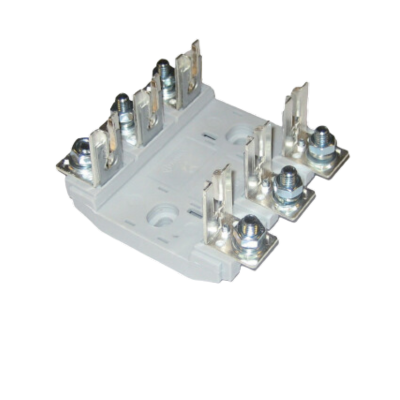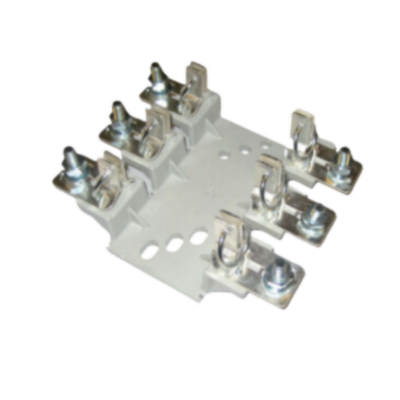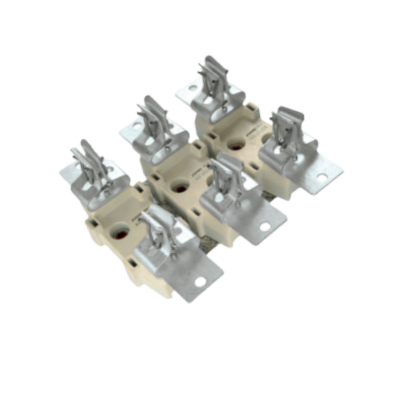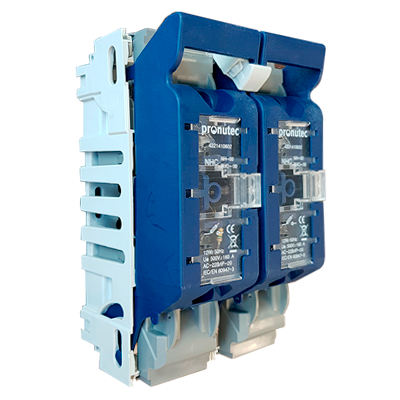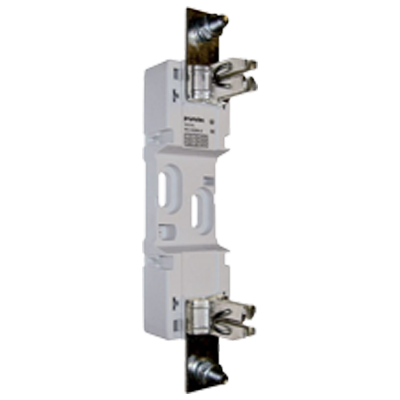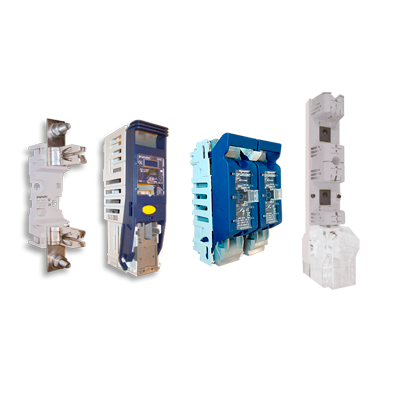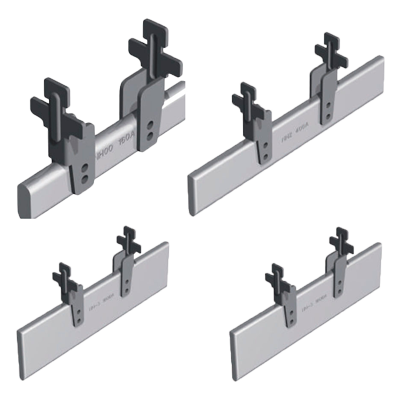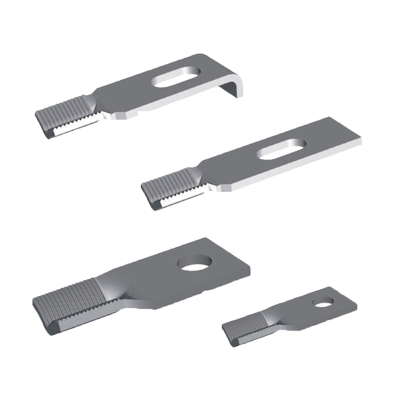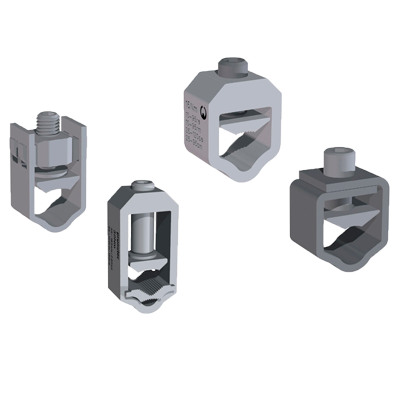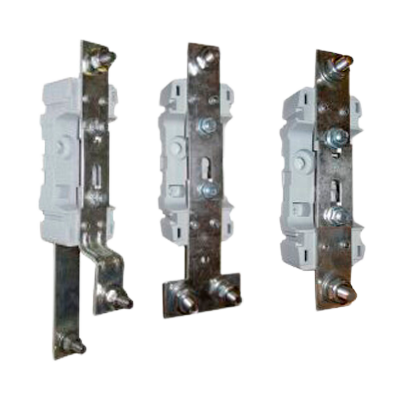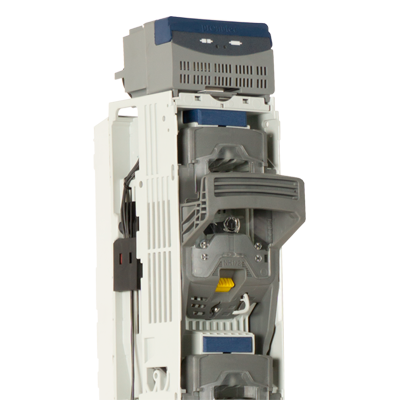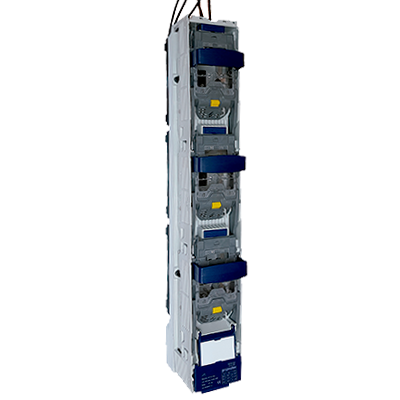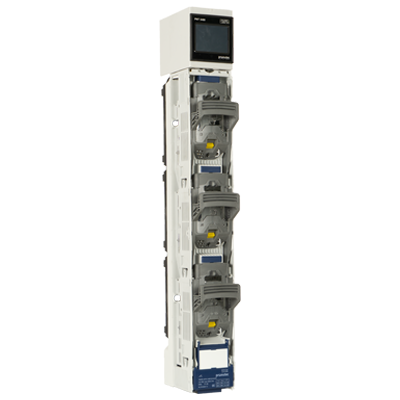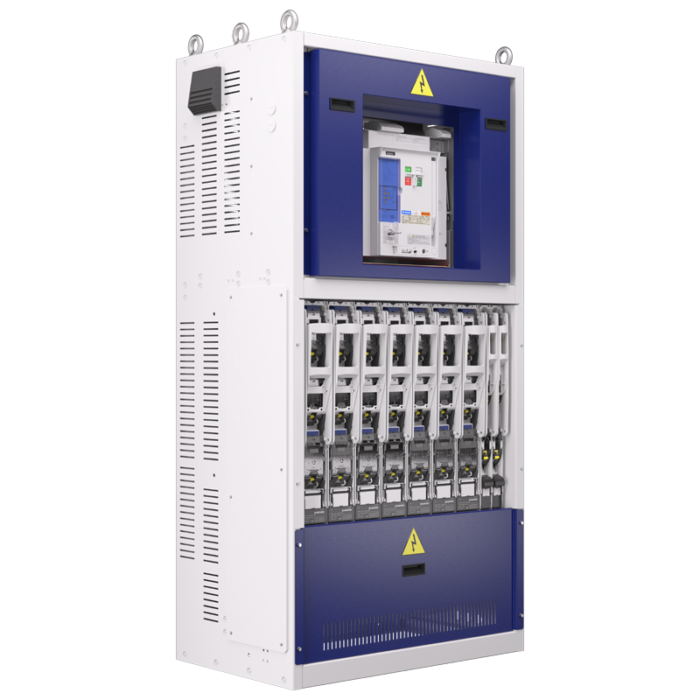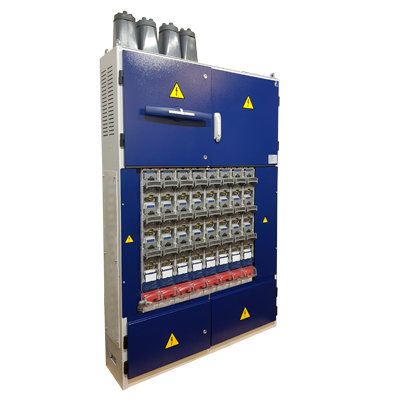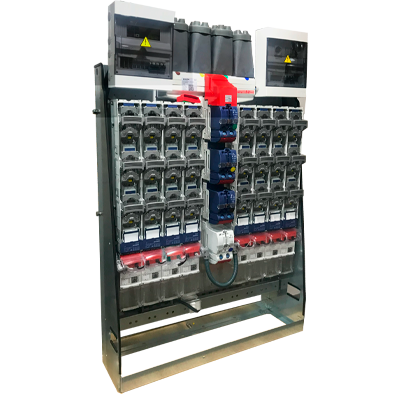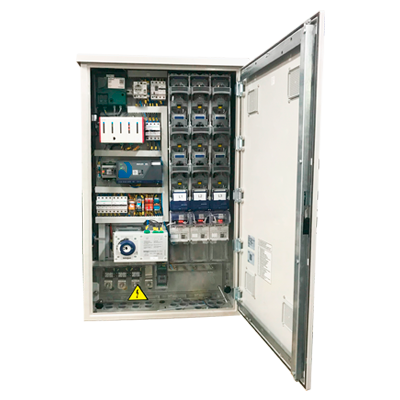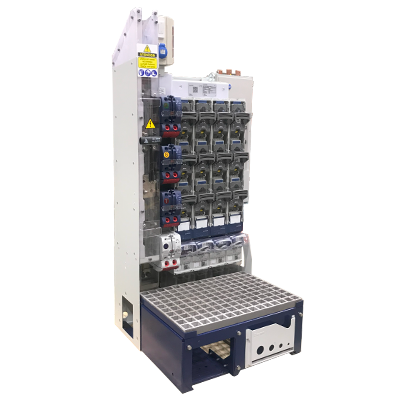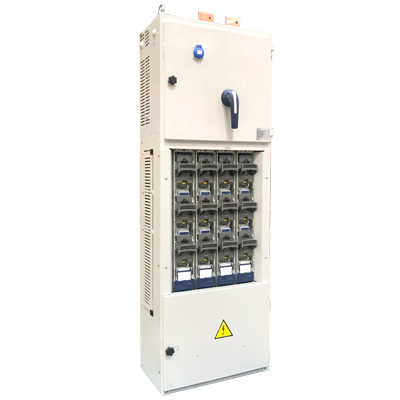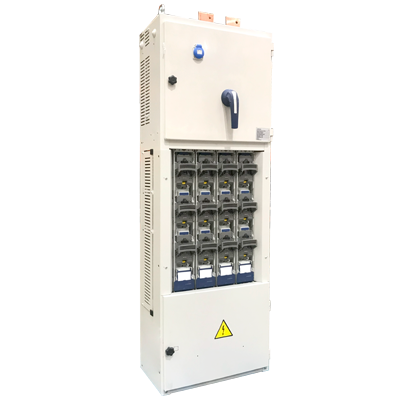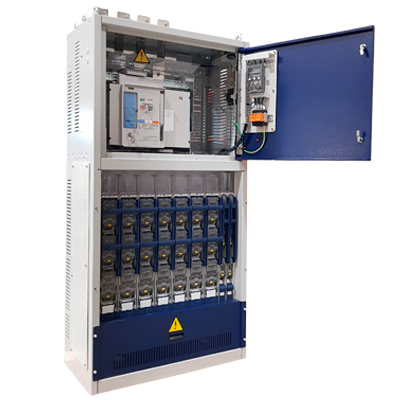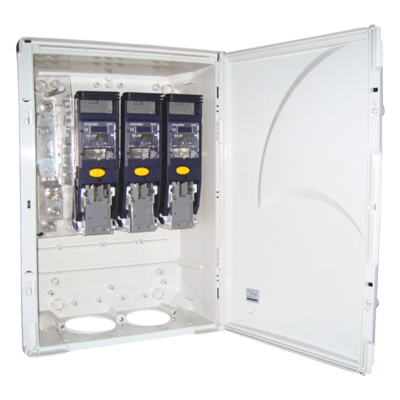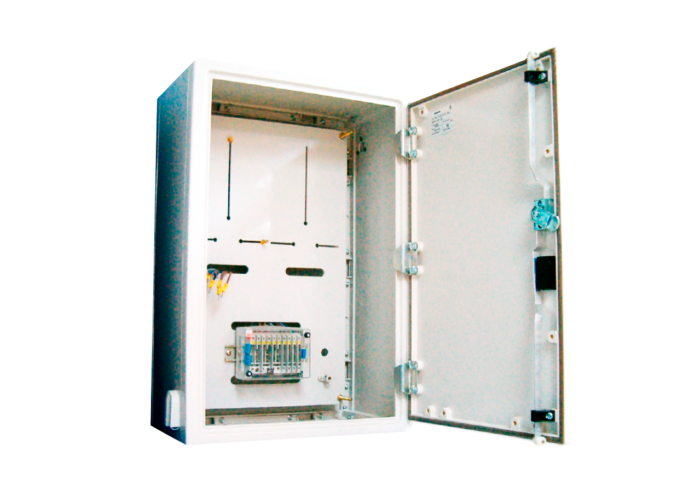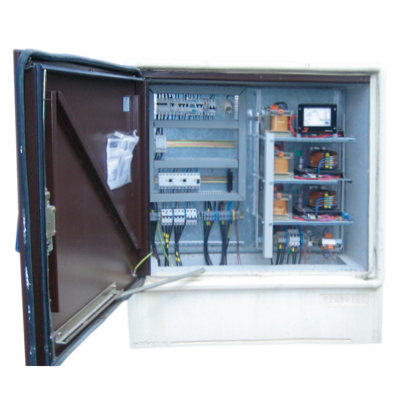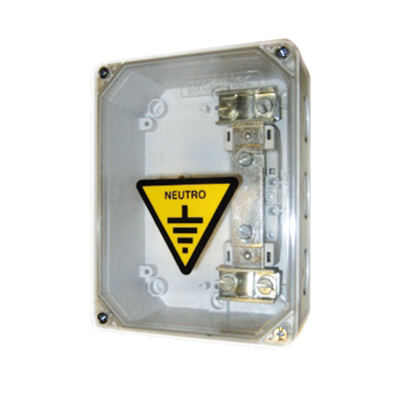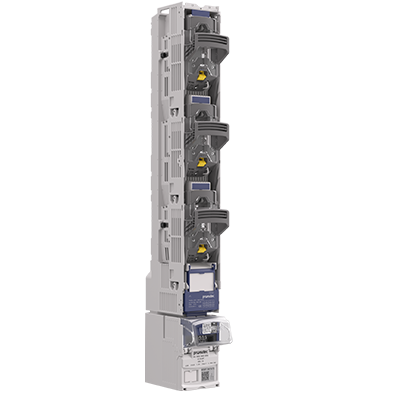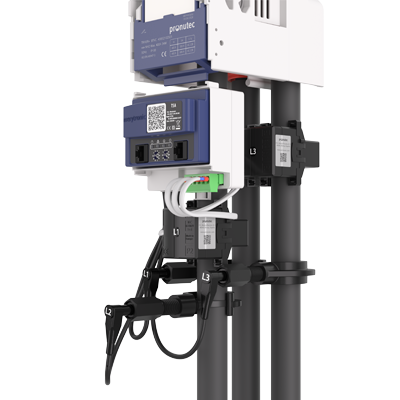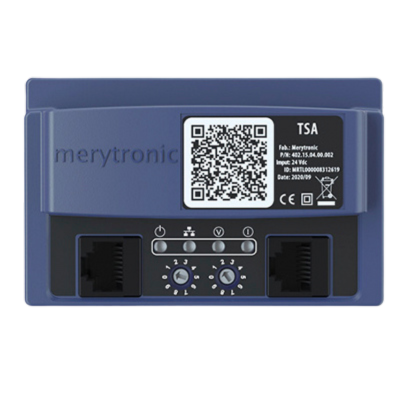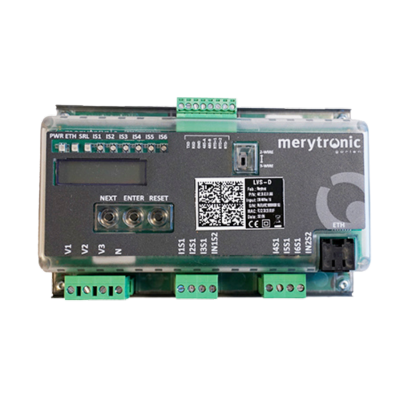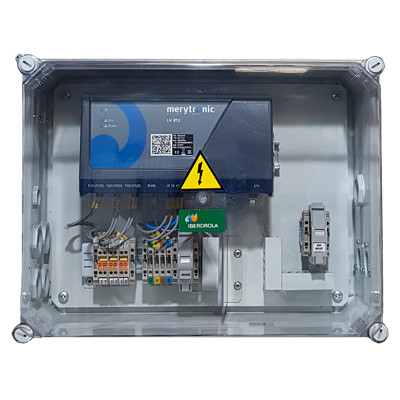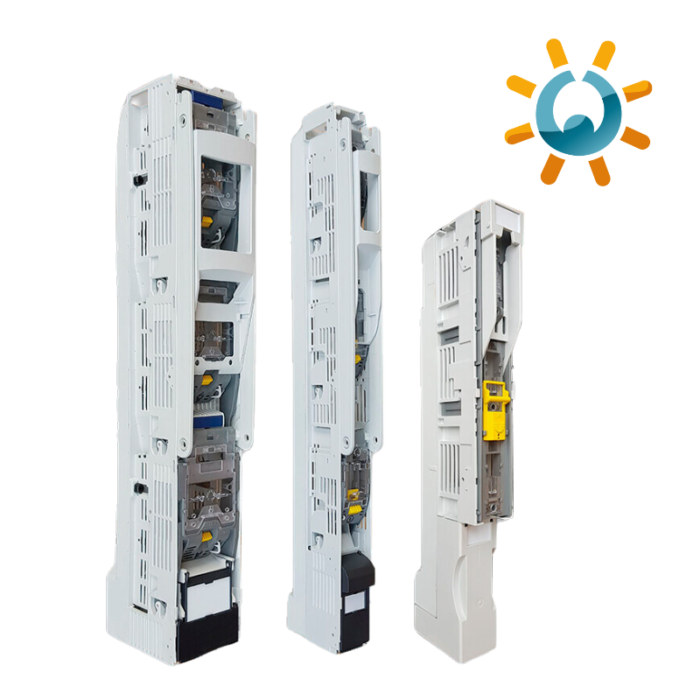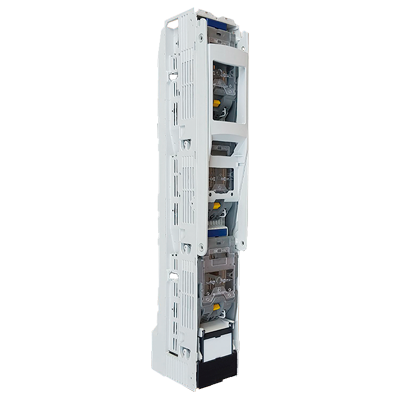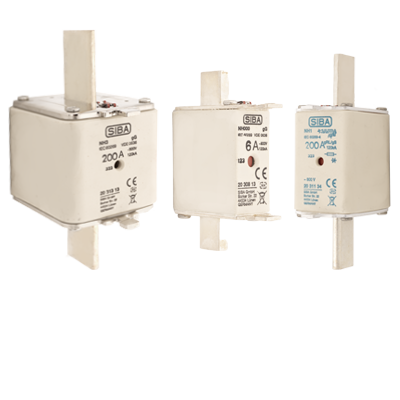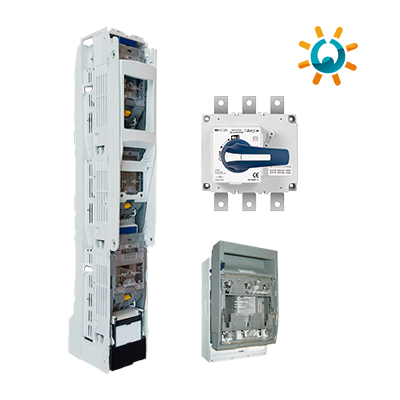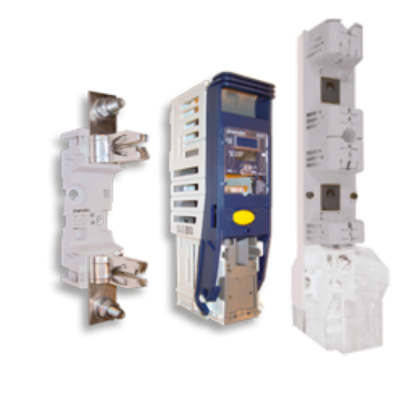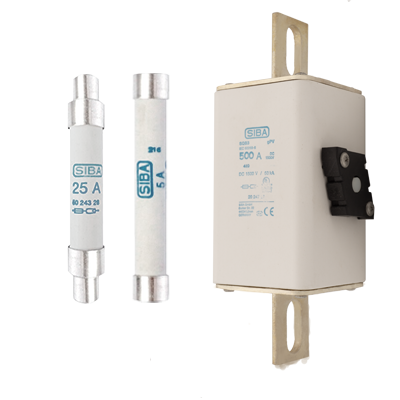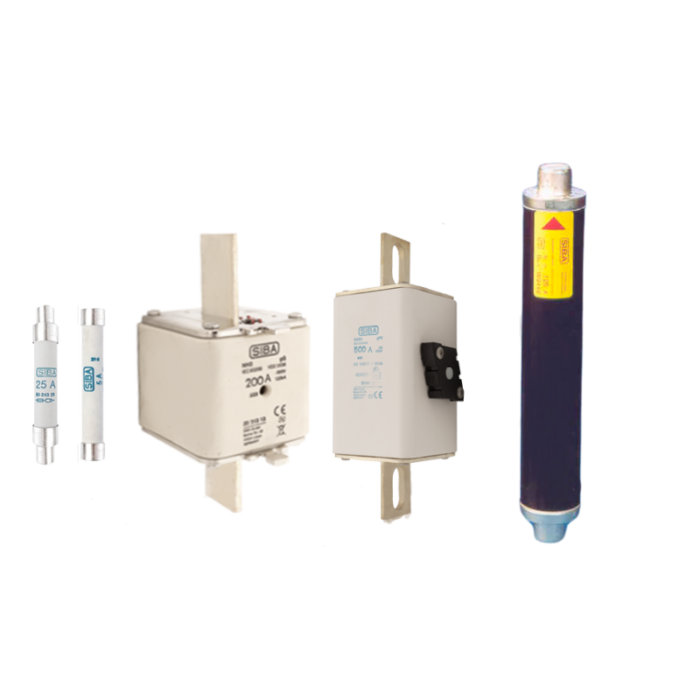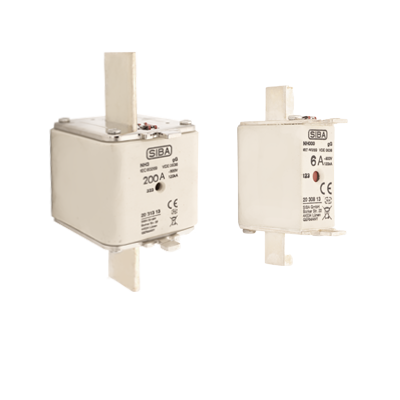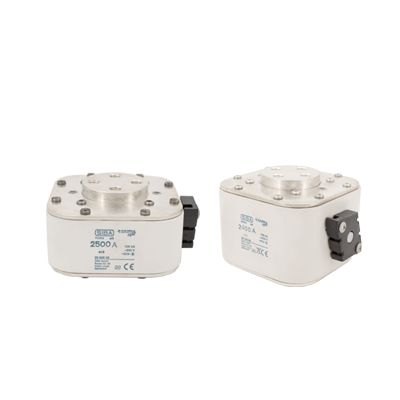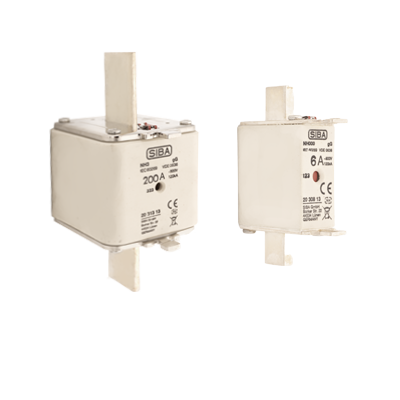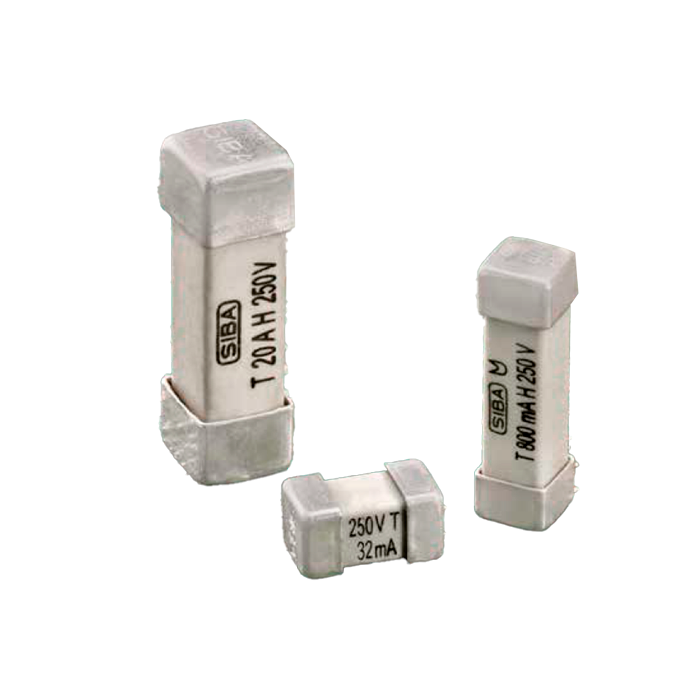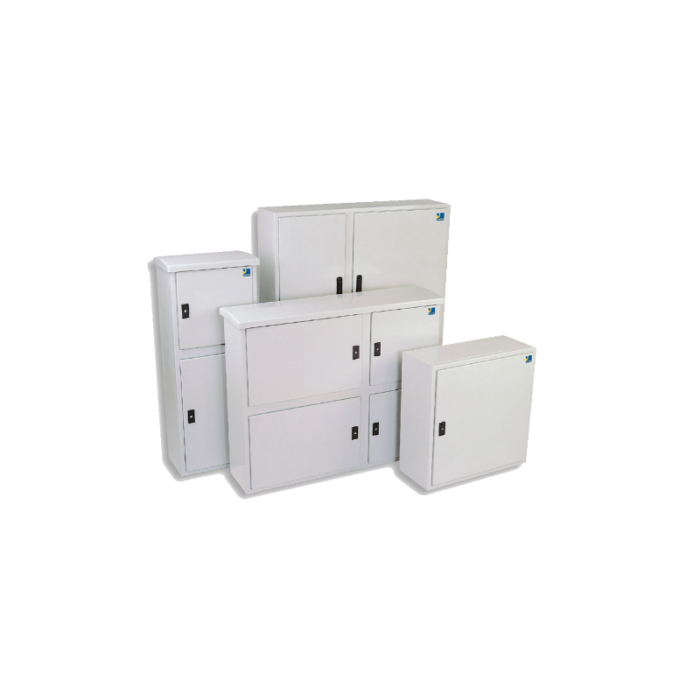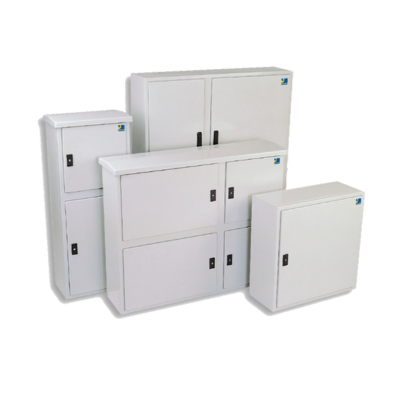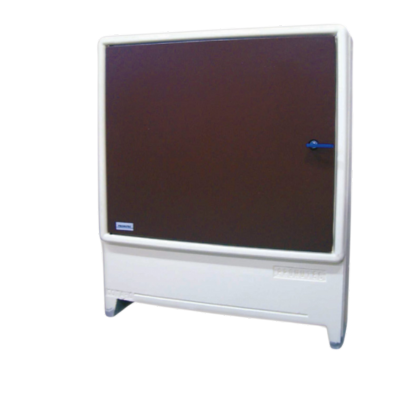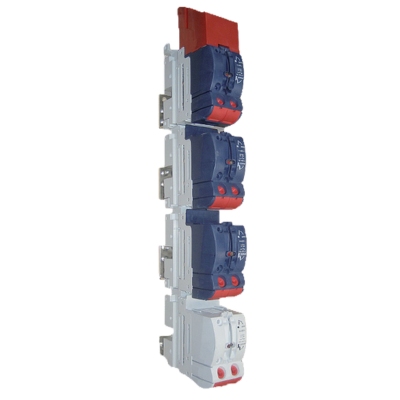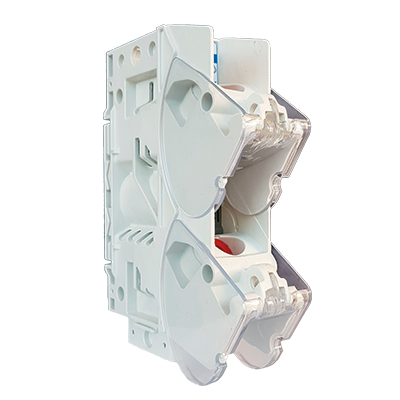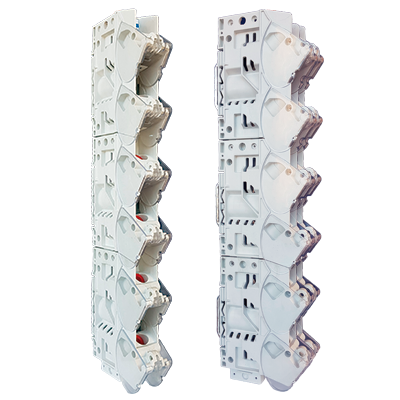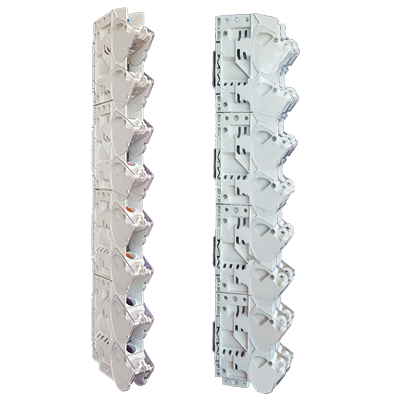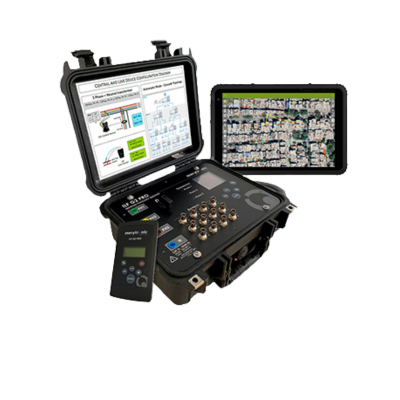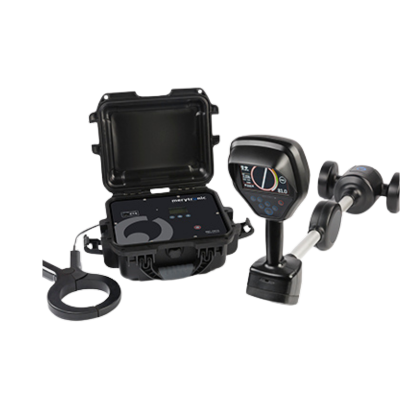Live Network LV phase and feeder identifier

Live Network LV phase and feeder identifier
- Outdoor photovoltaic boxes
- Smart Fuse Switch (SFS)
- One pole open/protected fuse bases
- CBTR Indoor frame mounted LV Panel
- Three Pole Horizontal fuse bases and fuse switch disconnectors
- Switchboards for Transformer Substations
- Earth Joint Box
- Street lighting cabinets
- Three pole horizontal open/protected fuse bases
- CBTA Insulated box
- Diazed
- Concrete enclosure
- CBTA UNESA
- Isolated enclosures
- CBTA UNESA | Circuit breaker
- CBTA-M Metallic | Load break switch
- Other Smart Grids Solutions
- PV in AC | Switchgear and combiner panels
- Other Energy Monitoring Devices
- CBTO Optimized
- MV & LV cable identifier
- Underground Cable and Pipe Locator
- Indoor photovoltaic boxes
- SIC - Integrated Compact Disconnector
- CBTA-M Metallic | Circuit breaker
- One pole LV fuse switches – NHC
- CBTA UNESA | Load break switch
- CUMA 21 LV Modular Insulated Panel
- Other applications
- Earth connection boxes
- Three pole horizontal design fuse switch disconnectors - BTHC
- CBTA Metallic enclosure
- Polyester enclosure
- Vertical design fuse rails and fuse switches
- Neozed
- CGP - House Connection Boxes
- Live Retrofit Supervisor
- Vertical design fuse rails
- Concrete cabinets
- CBTA-M Metallic
- PV in DC up to 1500 V
- LV Panels for solar plants DC
- Global Low Voltage Monitoring System
- 1 Pole fuse bases
- CBTI Outdoor Substation’s LV Switchboard
- Live Network LV phase and feeder identifier
- 1 pole and 2 pole fuse bases for DC
- ETI | Fuse links and Fuse disconnectors
- Cabinets for Telemanagement and Telecommunication
- ADU- Outdoor LV Distribution Boards
- Fuse bases and fuse switches for photovoltaic DC
- Vertical design fuse switches for 800 V AC applications
- CBTA PNT Premium
- Distribution Transformer monitoring systems
- Genset Power Connector - GPC
- Accessories for fuse switches
- CMAT - Metering panels
- Other equipments
- Enclosures
- Vertical design fuse switches and disconnectors TRIVER+
- CBTA PNT Polyester
- IP20 protected busbar system
- Energy Monitoring Devices
- CBT UNESA
- CBTI-T-Telemanagement Outdoor Substation’s LV Switchboard
- NH 00 | 160 A | 185 mm
- Other panels for Utility
- Range
- NH 1/2/3 | 250/400/630 A | 185 mm
- Smart grids
- Photovoltaic AC / DC
- LV distribution panels
- Distribution panels for Utility
- Other products
- ETI Fue links and modular switchgear
- Merytronic | Portable devices
- NH Fuse switches
- Distribution network
DESCRIPTION
Low Voltage connectivity data (relation from MV / LV transformer with end user) results critical for the correct management of electrical distribution networks.
The use of this information in a GIS solution allows calculation of transfomer load balances, faults, preventive maintenance task planning, etc., and at end, guarantees the quality of electrical supply.
In order to cope with Electric Utilities needs, Merytronic has designed the ILF G2 and the ILF G2 PRO.
Why connectivity data?
Taking maximum benefits from Smart Grid technology on electric distribution networks, pushes electric companies to make sure their Geographic Information System (GIS) is prepared for new challenges.
This means GIS data has to be ready with updated information, both during deployment and full system working stages.
The lack of an updated digital model of the electric system will limit the overall effectiveness of the smart grid if GIS is to be the heart of it.
If the system does not have an exact correlation of the customer premises and electric system, any hope of automation and selfhealing of the network will be lost.
What can a Smart Grid do with an updated LV GIS connectivity data?
• Simulate LV loads per transformer, feeder and phase.
• Detect LV technical and non-technical losses, measuring delivered energy by overall transformer, or even by a single phase per LV feeder, and comparing totals with aggregate meter readings (patent pending).
• Determine new customer’s connection points, depending on network availability, without making a specific study on the field, saving therefore time and money.
• Find critical network spots before any incident occurs.
• Generate fictitious network traces, knowing customer’s connectivity and geographic position.
• Spot network failure elements, by grouping customer’s incidents by connectivity link.
• Determine which customers to be notified before any programmed supply interruption is made.
• Identify exactly which customers need to be compensated due to power supply incidents.
Contact with us





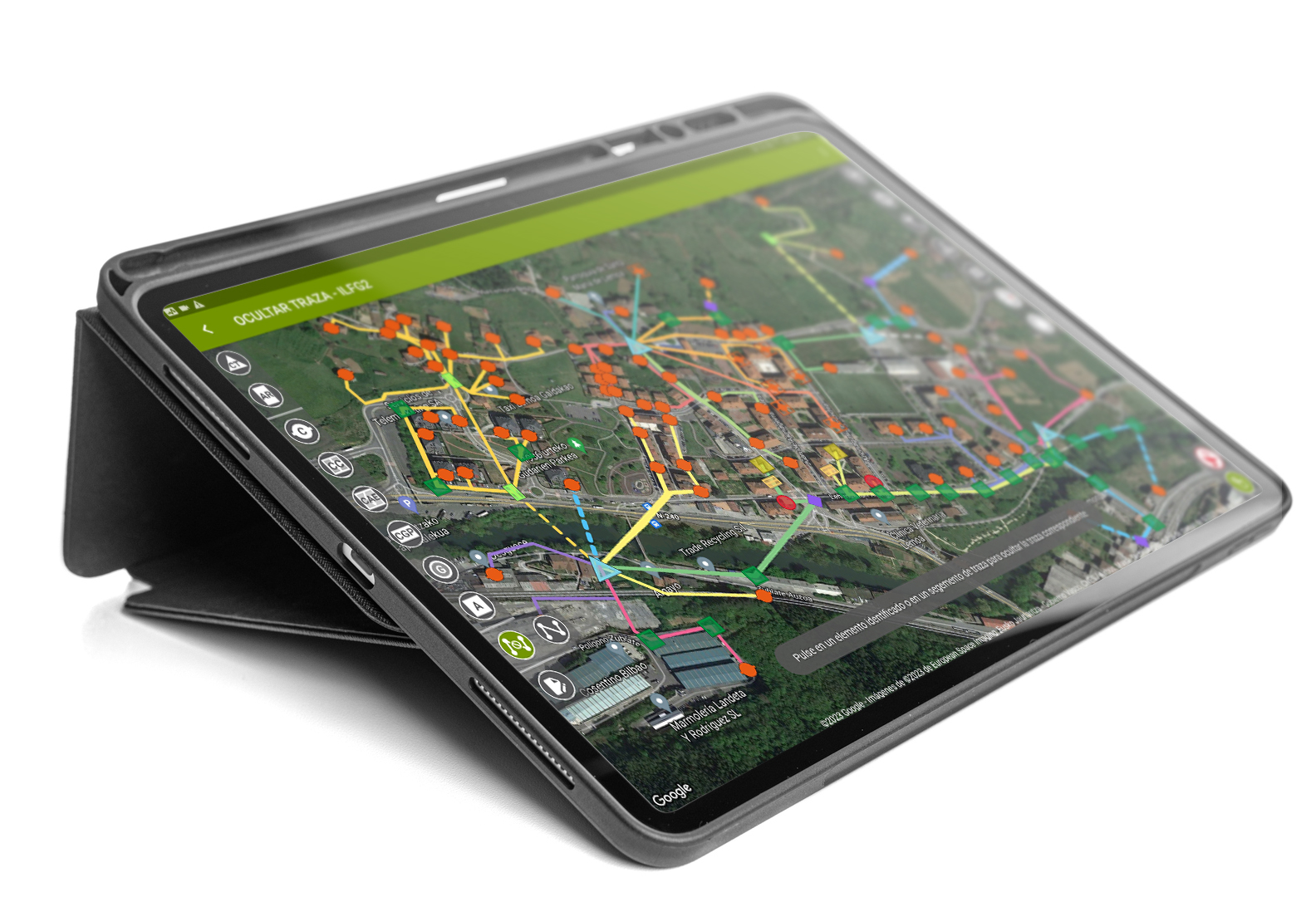
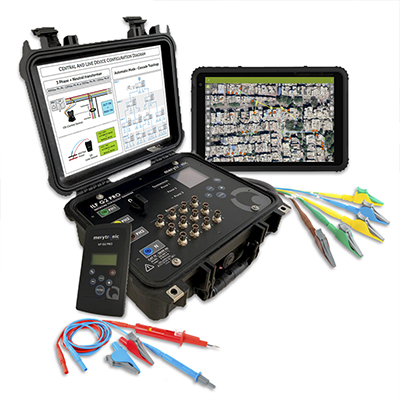

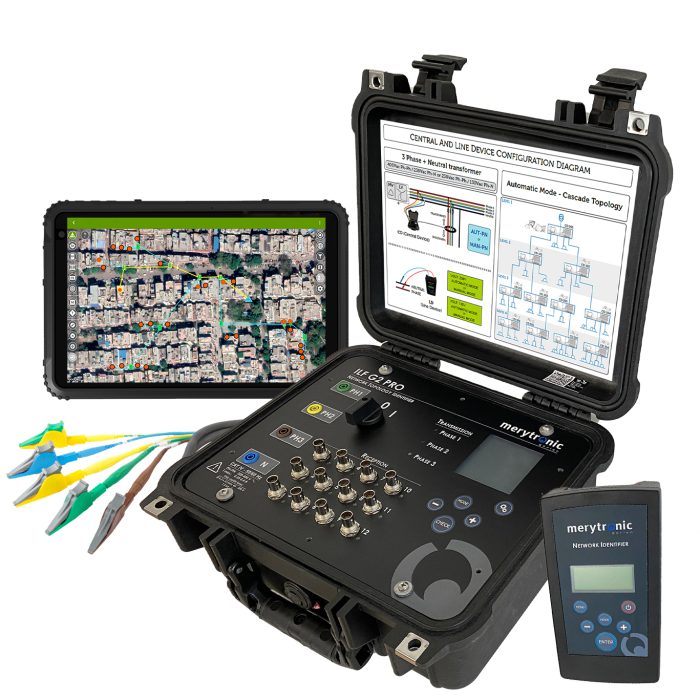 ILF G2
ILF G2 